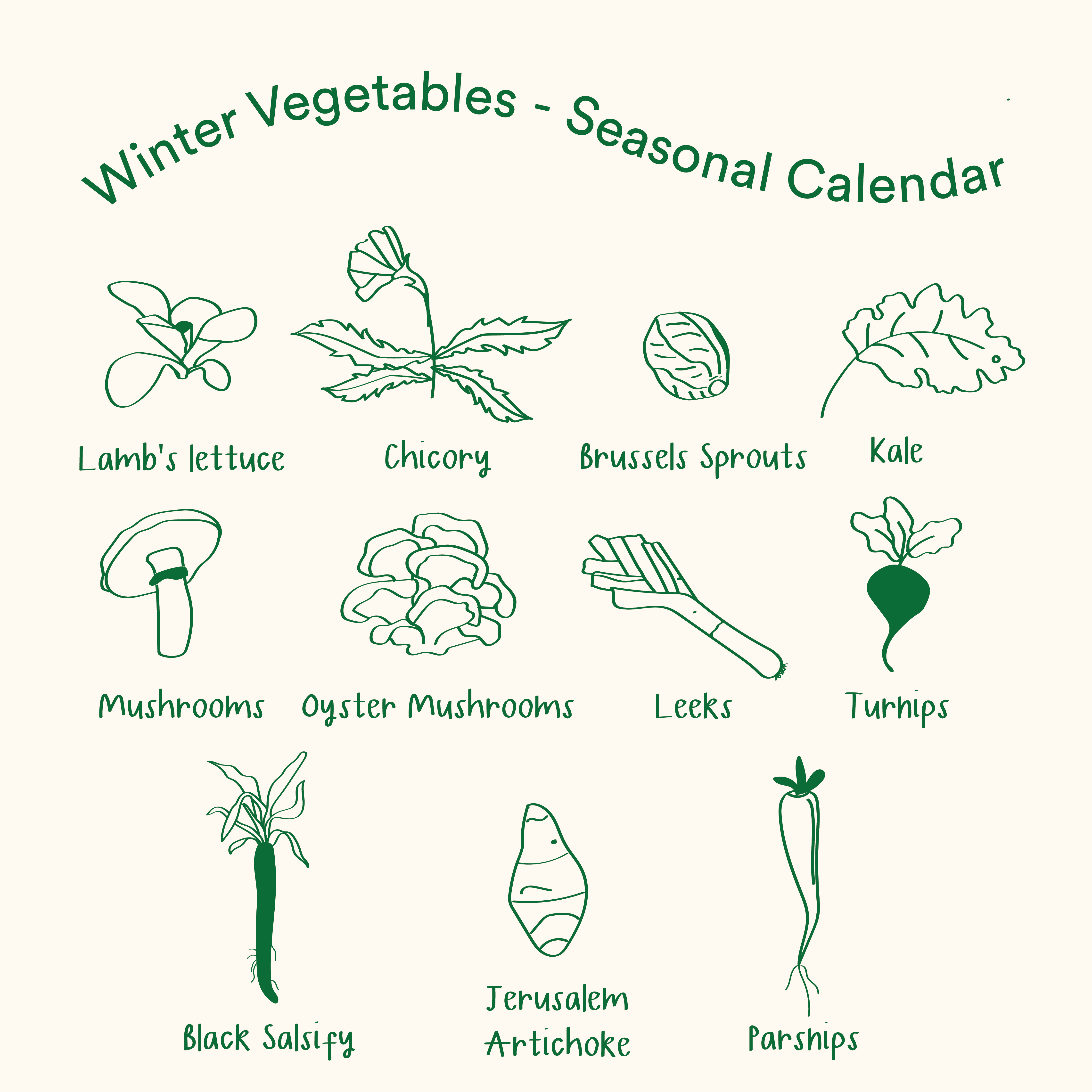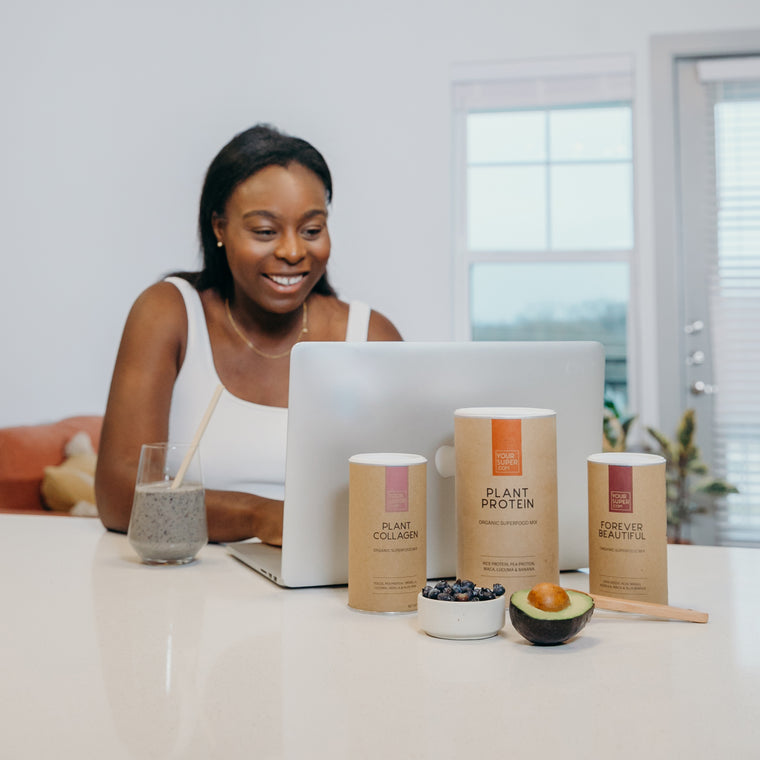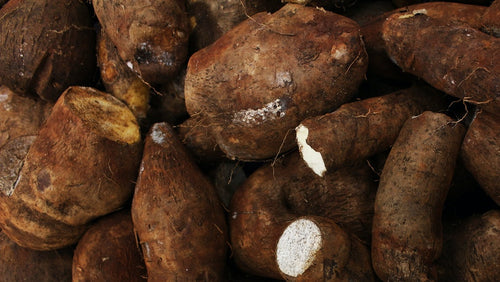Winter is here. And for many people, that means saying good-bye to peaches, strawberries, and melons, and hello to the many healthy offerings of winter. In this short guide, you're going to learn the importance of eating seasonally, the healthiest (and tastiest!) winter vegetables, and how to get the most out of your produce this season.
Why is eating seasonally important?
Having access to fruits and vegetables from around the world is an amazing benefit of modern life. However, the highest concentration of nutrients in fruits and vegetables is actually found when plants are harvested at their peak ripeness point. In other words, eating locally grown fruits and vegetables not only supports local farmers, it also delivers MORE powerful nutrients with every bite.
Contrary to popular belief, you don't actually need fruits to get your daily boost of vitamin C. Just 90 grams of cabbage contains over half your daily recommended intake. And antioxidants? Well, you don't need berries to get plenty of these powerful health compounds. Winter veggies like kale, cabbage, and beets all contain impressive amounts of antioxidants to keep your body healthy and your natural defenses strong.
So why choose mangoes and papayas, flown from the other side of the world and ripen during their trip, when your garden might have everything your body needs? By filling your fridge with what’s grown locally, your body, the local farmers and the environment will thank you!
Don't know what's in season this winter? Don't worry. We put together this handy "cheat sheet" for your next market visit.
The best winter vegetables at a glance

Storage tips & recipes for winter vegetables
So you come home from the market with your arms full of chicory, kale, mushrooms and parsnips - but now what? What's the best way to use and store them so they last as long as possible? Fortunately, we've picked out some practical storage and recipe tips for each winter vegetable.
Salads
Chicory is a typical autumn and winter salad that you can usually buy fresh from October to March. The buds taste especially good raw in a salad or with sweet fruits such as seasonal apples or oranges, which soften the bitter notes. You can also sauté, braise or stir-fry this tasty winter vegetable, lay it on a bowl of warm rice, or accompany it with a delicious pasta dish.
You can recognise good chicory if its buds are still tightly closed, have no brown spots, and have a soft yellow shimmer.
Storage tip: Wrap it in a damp cloth and store it in the fridge to keep it fresh longer.
Lamb's lettuce, a nutty kind of salad green, is a must in every winter salad bowl. Shorter leaves and tightly closed bunches are a sign that the lettuce has an intense nutty, slightly peppery aroma. Lamb's lettuce tastes best in combination with fruits and (roasted) nuts, seeds, and spicy ingredients.
Cabbage
Cabbage has long been a staple of the cold winter months. These days, though, we're using kale and cabbages as raw ingredients in delicious green smoothies. Yum!
Cabbages are freshest between November and February. Tip: ff the cabbage has already had its first frost before harvest, it is a little milder and easier to digest, as the starch it contains converts into sugar! However, kale is tastiest when it has already been frosted before harvest.
If raw kale isn't your thing, you can simply sauté it as a side dish with a little apple cider vinegar or use it in soups, curries, or dahl.
Storage tip: fresh cabbage (unwashed!) can be stored for about 5 days in the vegetable compartment of the fridge. If you have bought too much cabbage, you can also simply freeze it in portion sizes, then you will have it all winter long!
Mushrooms
Mushrooms are grown all year round in Europe and are a particularly popular ingredient in pasta sauces or risotto.
As a tasty alternative, oyster mushrooms are also in season in winter. They are full of vitamin B and provide vegetable protein, which is why they are a popular meat alternative. Oyster mushrooms taste mild and nutty and their aroma is somewhat reminiscent of schnitzel, which is why they are sometimes called veal mushrooms.
Storage tip: fresh mushrooms are best consumed quickly. Otherwise, store them lightly wrapped in paper in the refrigerator next to each other. Air-dried, vacuum-packed mushrooms last almost a whole year!
Leek
Leek is not only a delicious and versatile vegetable, it's also full of healthy nutrients such as iron, potassium, and vitamin C. That's why it's even considered a medicinal plant. Leeks are best used in soups and stews, but they are also delicious as a side dish, as a topping for quiches, or in casseroles.
You can recognise fresh leeks by their firm roots and shafts. If the leaves are already loosening and you find cracks or discolouration, the leek is no longer good.
Storage tip: Leeks can be stored in a cool, dry place for about 3-4 weeks and in the fridge for 1-2 weeks. There are a few things to keep in mind here: it is best to wrap it in a plastic bag so that other food does not absorb the smell of the leek. In addition, leeks, like many other vegetables, react sensitively to the ripening gas ethylene, which is emitted by apples or tomatoes for example, so you should store leeks separately from these types of ingredients.
You can freeze leeks in small pieces for 10-12 months.
Turnips & Tubers
Parsnips, the yellow-white cousin of the carrot, go particularly well in soups or stir-fries due to their sweet and spicy taste. The delicious winter vegetable is high in fibres and provides valuable nutrients such as potassium, calcium, phosphorus, iron and zinc.
Yellow-fleshed turnips are a low-calorie and very nutritious winter vegetable that you can eat both raw and cooked.
The long underrated Jerusalem artichoke has regained a place on our plates. The small tuber has a slightly nutty taste and is reminiscent of artichokes or chestnuts. Due to its high content of dietary fibres inulin and vitamins, Jerusalem artichoke is considered a true gut ally. You can enjoy the tuber both cooked and sautéed.
Salsify, also known as winter asparagus, can be cooked in soups or as if you were preparing a cabbage dish. It is best to buy salsify between October and February.
Storage tip: it is best to store the unwashed tubers in a cool, dry place (e.g. cellar) for up to 10 days. Washed and cut, they can be stored in the fridge for a few days.
Not sure how to eat all those delicious veggies? Make sure to have a look at the recipe blog for some inspiration!








